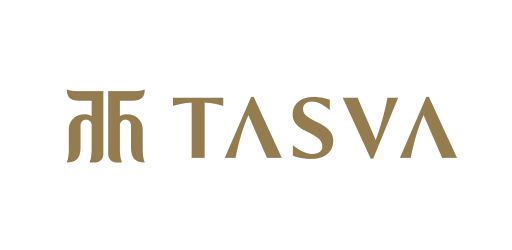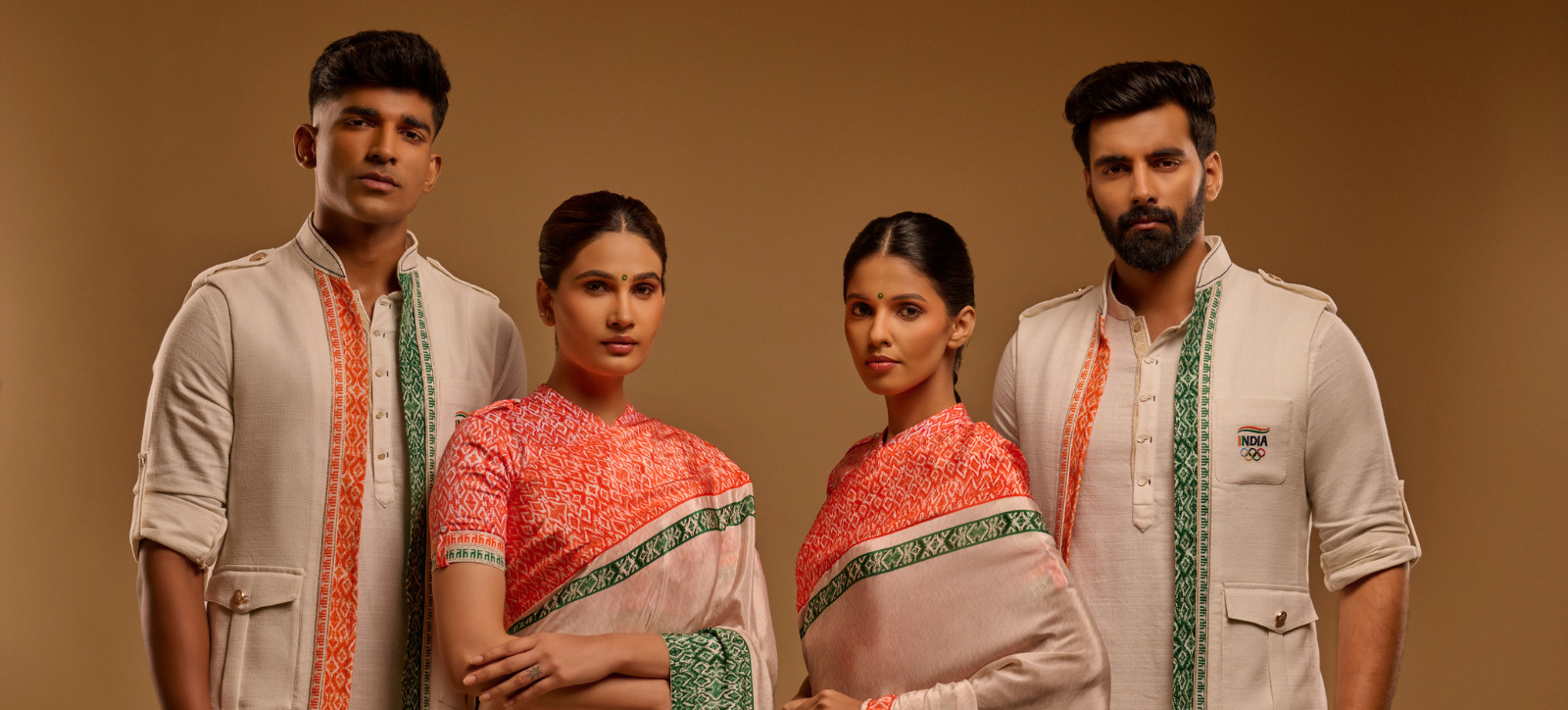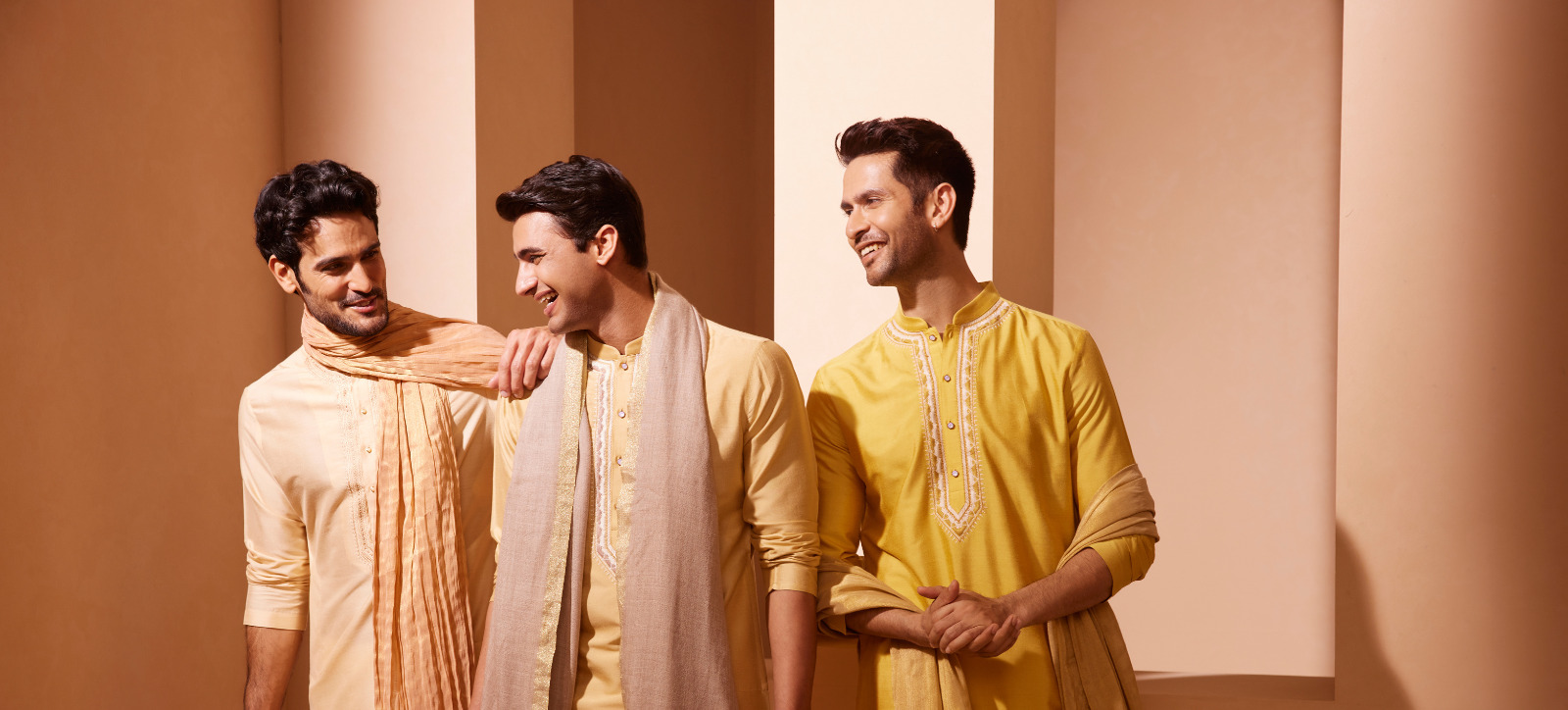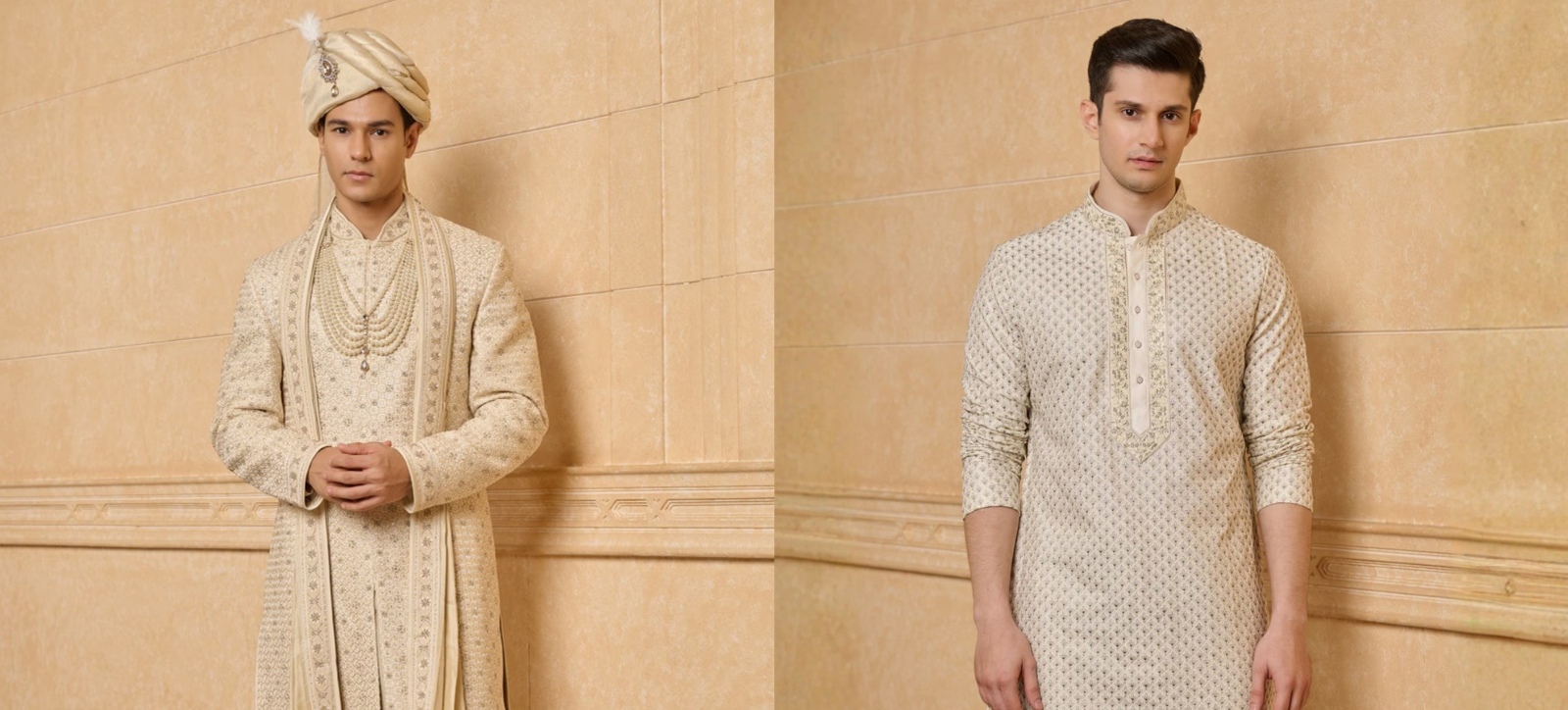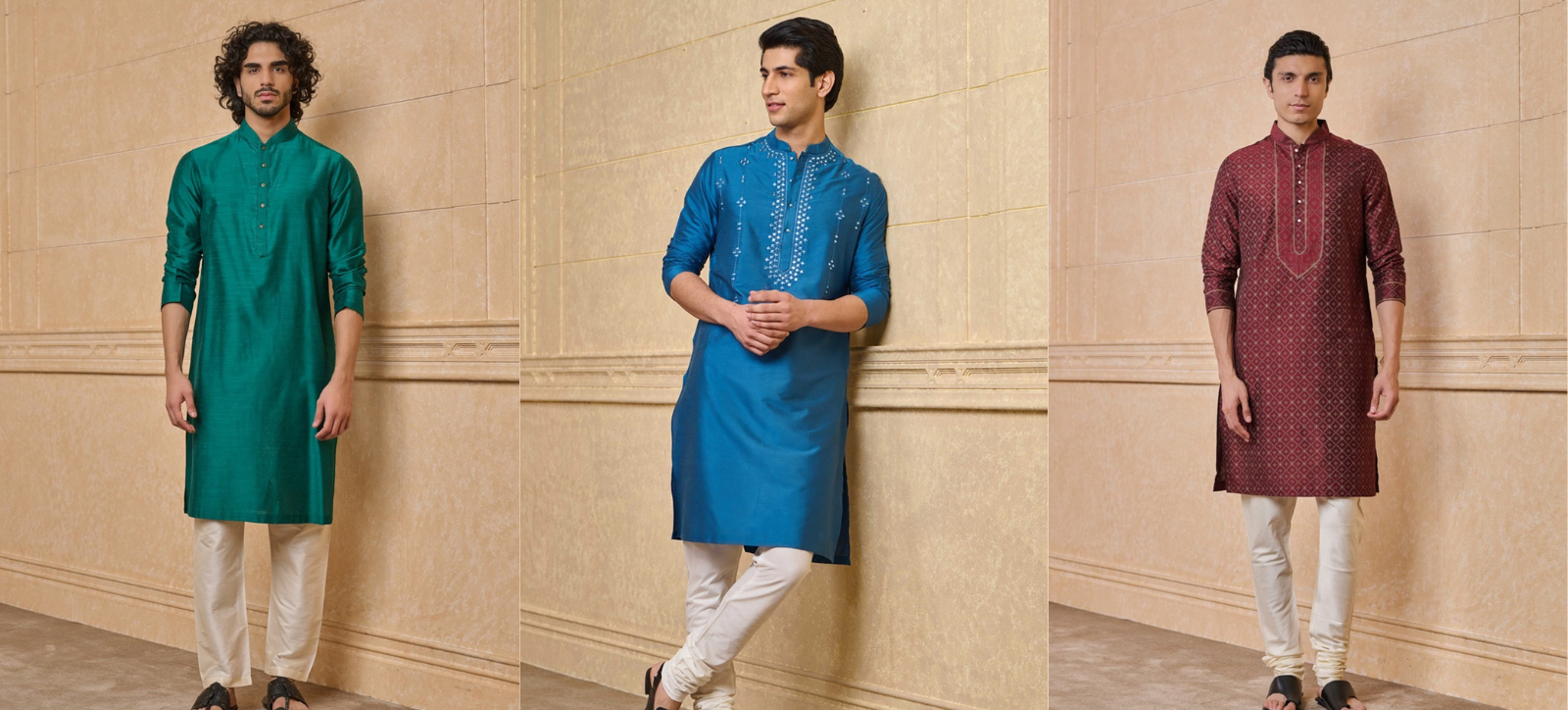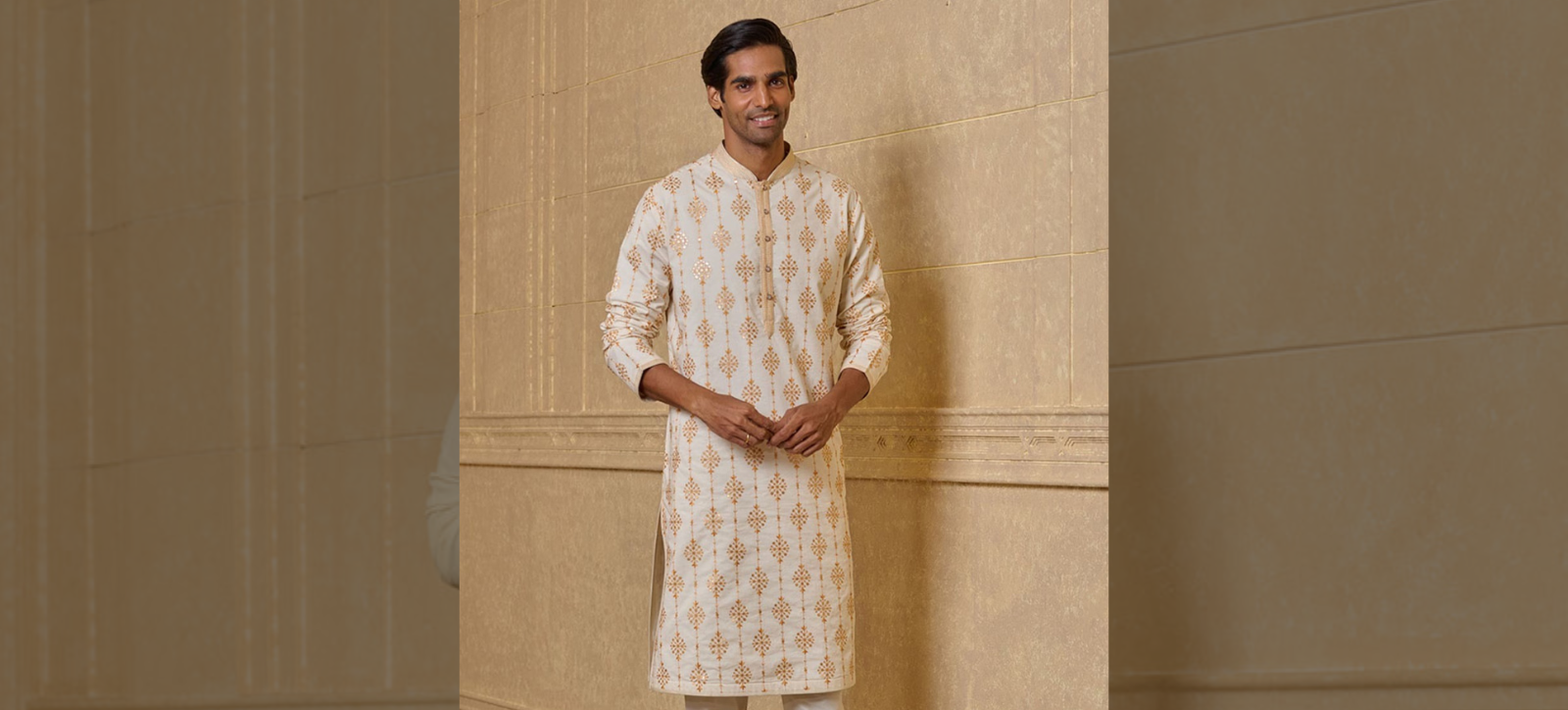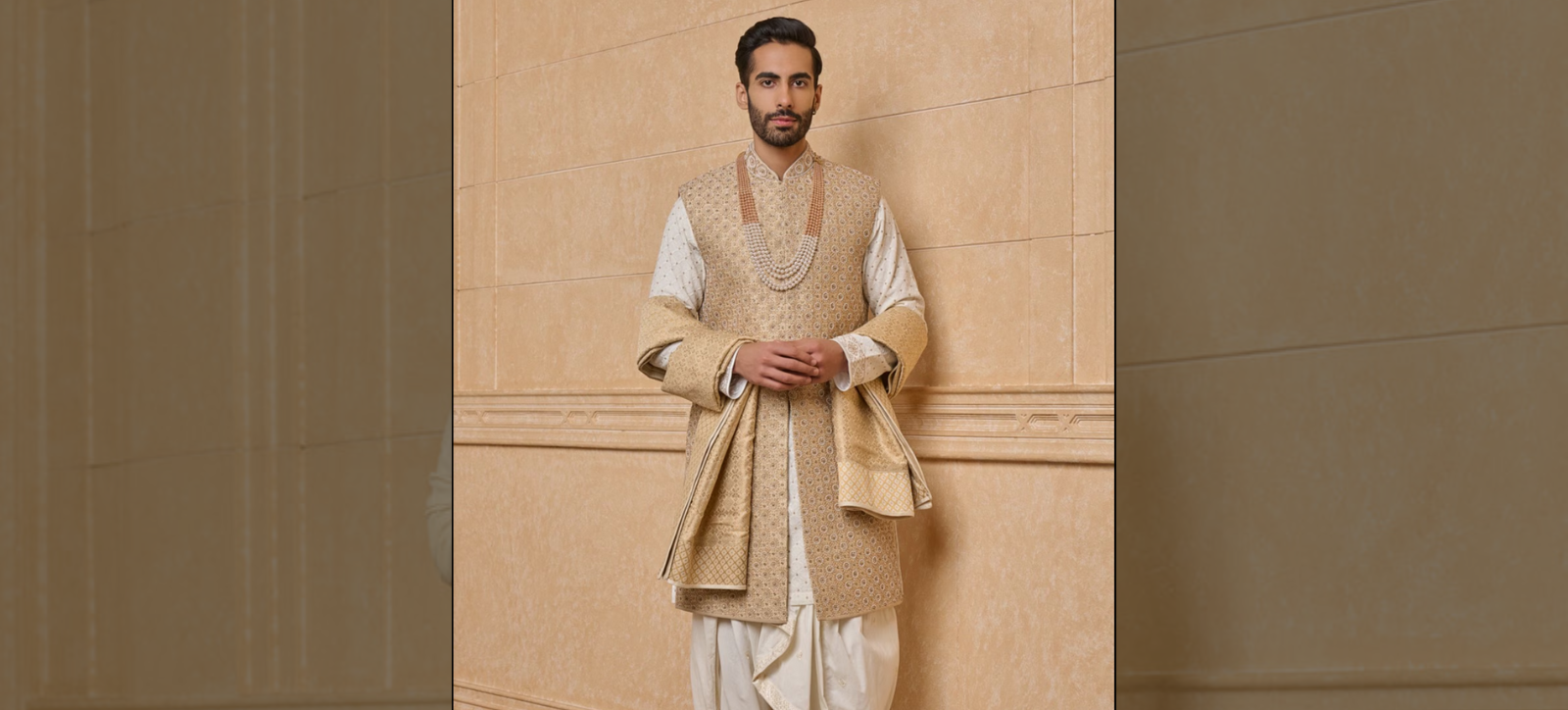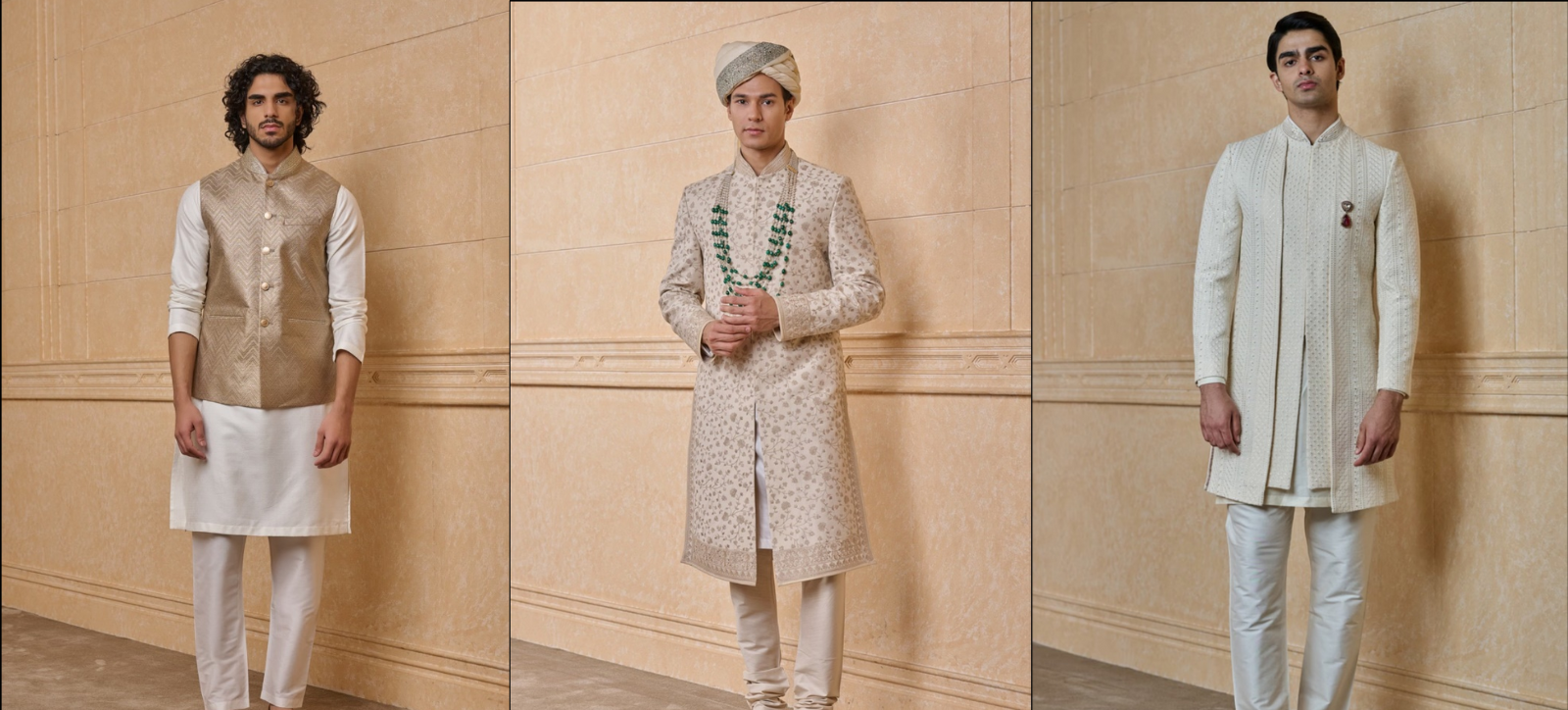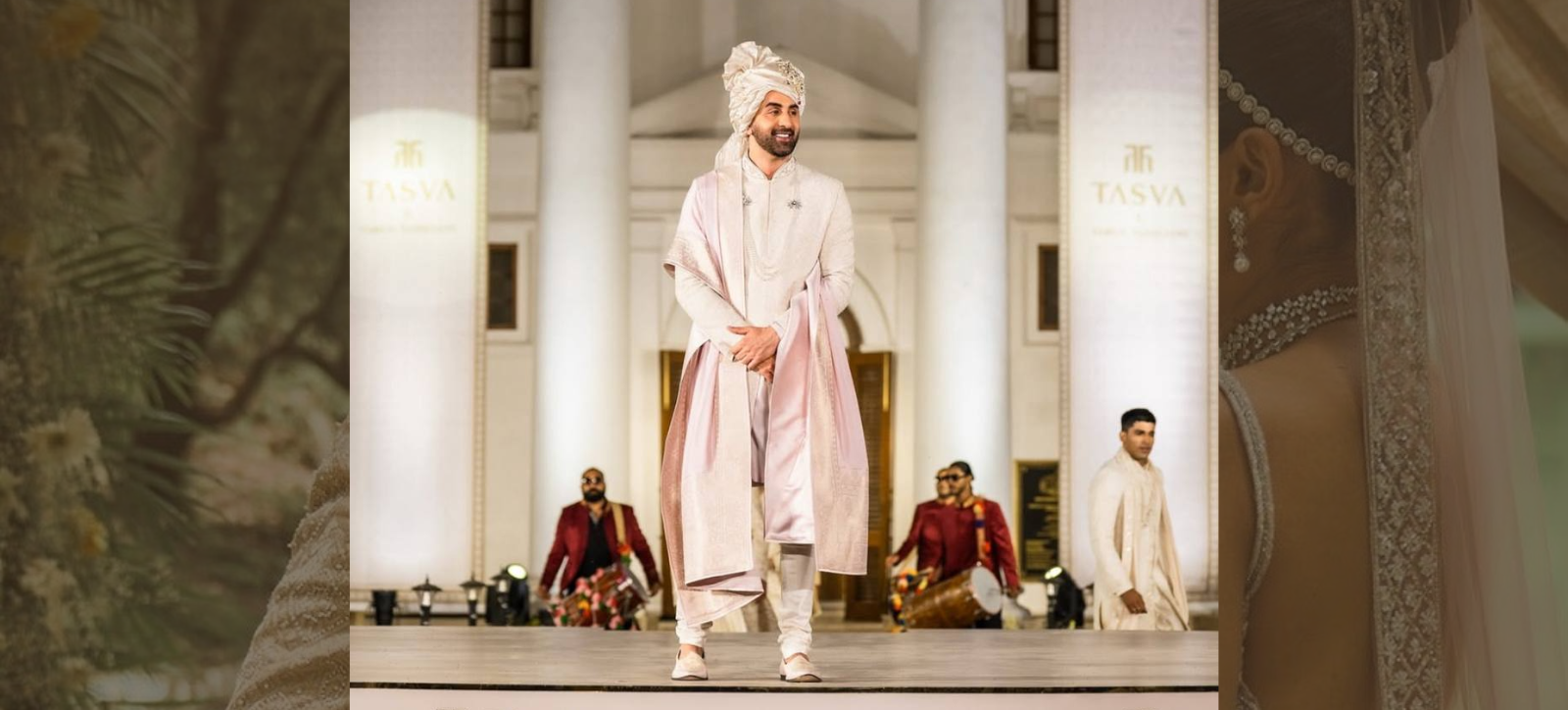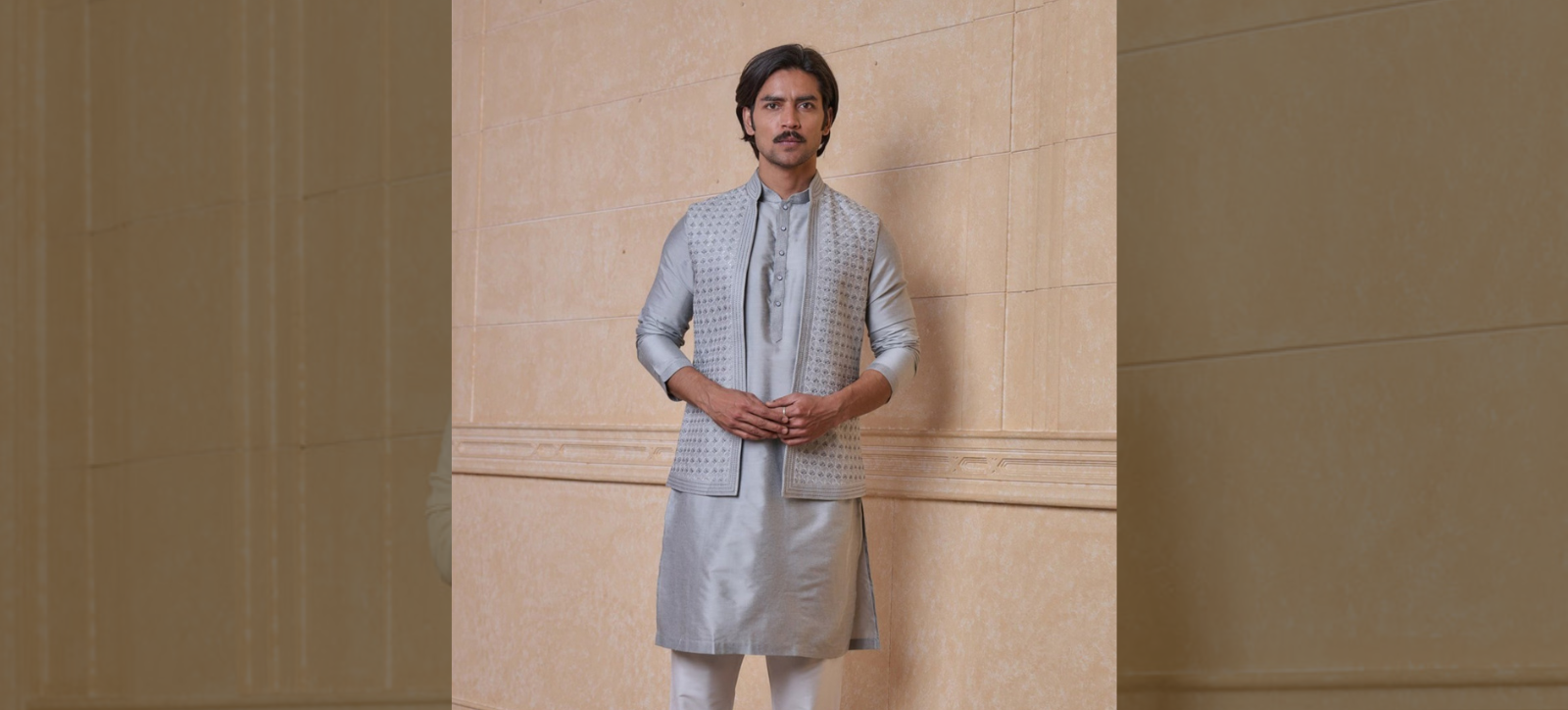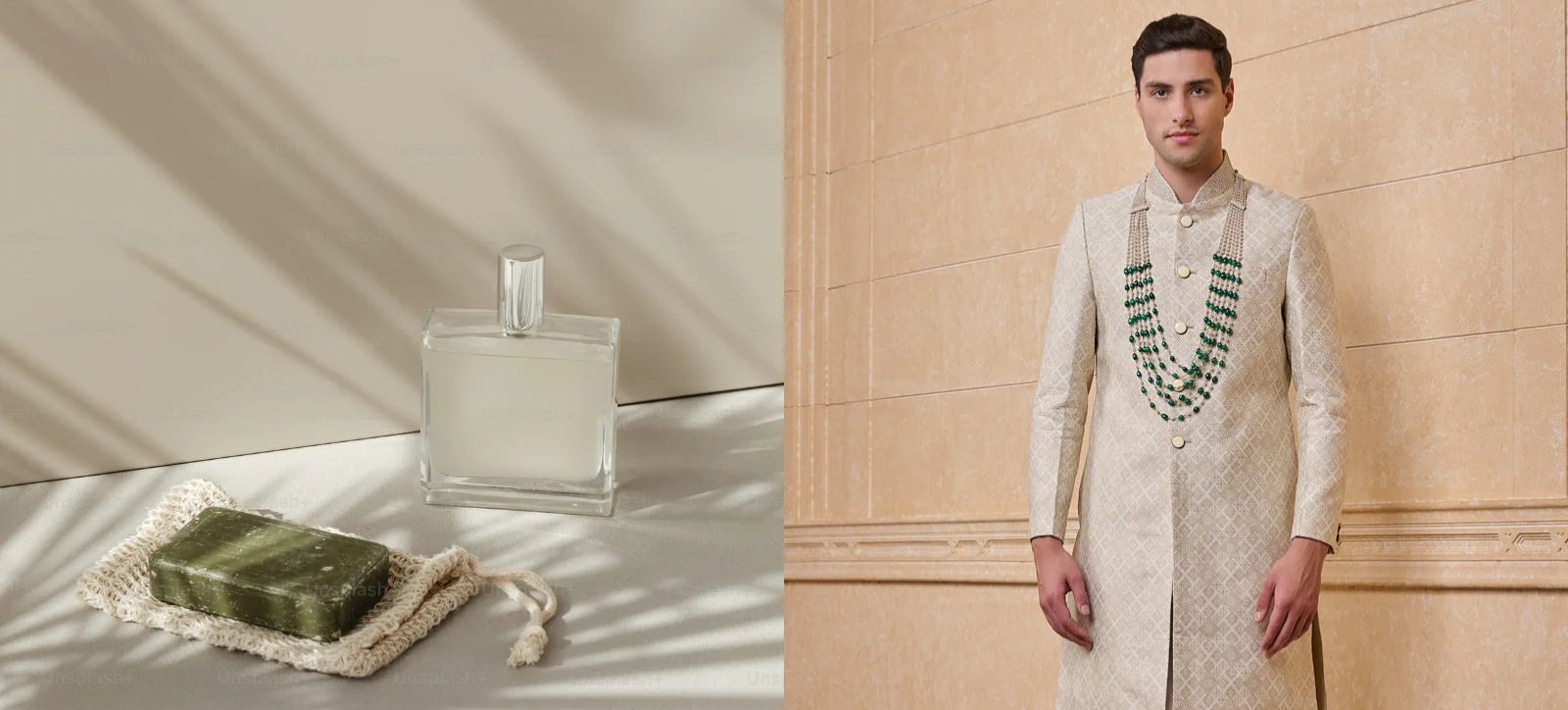Tasva delves into the design process of Team India’s Olympic ceremonial dress, showcasing how a perfect blend of tradition and modernity created a uniform that is both culturally rich and contemporary.

A Fusion of Heritage and Innovation
When Tasva was entrusted with the honour of designing the ceremonial dress for Team India at the Paris Olympics, we embarked on a journey to create more than just attire. We aimed to craft a visual narrative that encapsulated India’s rich heritage while resonating with the dynamism of the modern world.
The design philosophy was rooted in a perfect blend of tradition and modernity.
Reimagining the Iconic
Our starting point was to explore the timeless elegance of India’s traditional attire. The kurta-pyjama for men and the saree for women have been synonymous with Indian elegance for centuries. These iconic garments carry a profound cultural significance and evoke a sense of pride. However, we recognized the need to reimagine these classics for the contemporary stage.
By infusing modern cuts and silhouettes, we created a balance between heritage and innovation. The result was a uniform that paid homage to tradition while exuding a fresh, contemporary appeal.
Key Design Elements for blending Tradition & Modernity

- Reimagined Silhouettes: Classic Indian silhouettes like the kurta-pyjama for men and the saree for women served as the foundation. However, these traditional garments were infused with modern cuts and layers, creating a contemporary interpretation without compromising their essence.
- Fusion of Fabrics: The marriage of traditional cotton, symbolizing India’s heritage, with modern fabrics like viscose crepe, known for its comfort and drape, created a perfect balance. This juxtaposition of textures and feel reflected India’s evolving fashion landscape.
- Color Palette and Patterns: The incorporation of the Indian tricolour in a subtle yet impactful manner paid homage to the nation’s flag. The use of traditional Ikat patterns added a touch of artistry and heritage, while the overall colour palette was carefully curated to evoke a sense of modernity and elegance.
- Functional Details: While aesthetics were paramount, the design also prioritized comfort and functionality. Elements like cargo pockets on the kurta and modern silhouettes for the women’s attire ensured that the athletes could move freely without compromising on style.
- Embracing the Athlete’s Spirit: The design aimed to empower the athletes by making them feel confident and comfortable. The focus on fit, fabric, and overall aesthetic ensured that the uniform was not just a piece of clothing but a symbol of the nation’s sporting spirit.
The Power of Minimalism: A Modern Interpretation of Tradition
The decision to opt for a relatively plain aesthetic for the Olympic ceremonial dress was a conscious one, rooted in a desire to balance tradition with modernity. While intricate details and embellishments are often associated with Indian attire, we believed that a minimalist approach could be equally powerful.
Modernity in Simplicity
The clean lines and uncluttered design of the dress resonate with contemporary fashion sensibilities. It reflects a shift towards understated elegance and comfort, which are hallmarks of modern style. The focus on the athlete’s form and movement, rather than excessive ornamentation, creates a sense of athleticism and dynamism.
Tradition in Detail
While the overall silhouette of the dress is modern, it is the intricate details that ground the design in tradition. The inclusion of Bundi-inspired borders for the male athletes and similar embellishments on the blouses or sarees for female athletes is a subtle yet powerful nod to India’s rich heritage.
These details, often characterized by exquisite craftsmanship and intricate patterns, add a touch of cultural richness without overwhelming the overall design.
A Harmonious Balance
The combination of a plain, modern silhouette with intricate traditional details creates a harmonious balance that is both contemporary and timeless. This approach allows the athlete to be the focal point, while the dress serves as a subtle yet impactful backdrop. It is a testament to the versatility of Indian aesthetics and the ability to reinterpret tradition for a modern audience.
By embracing minimalism, we were able to create a ceremonial dress that is both visually striking and culturally relevant. It is a design that celebrates the athlete’s individuality while honouring India’s rich heritage.
This ceremonial dress was more than a fashion statement; it was a cultural statement, a testament to India’s rich heritage, and a vision of its progressive future.
 |
 |
By merging tradition with modernity, comfort with elegance, and symbolism with practicality, Tasva created a ceremonial dress that was not just visually appealing but also deeply connected to the soul of India and its sporting spirit.
